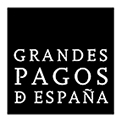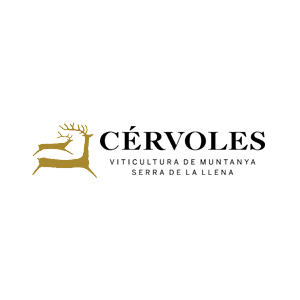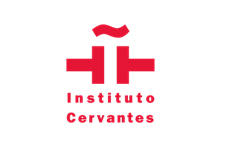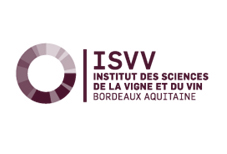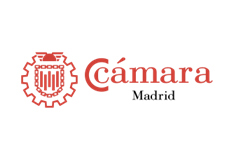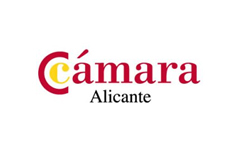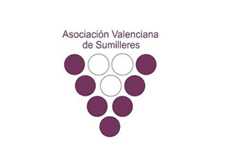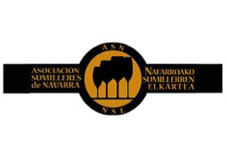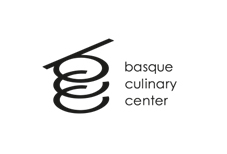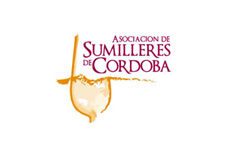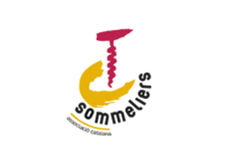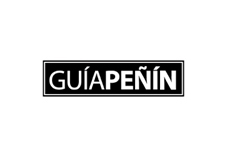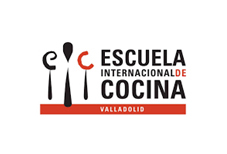Cérvoles
Avinguda de Les Garrigues, 26
25471 - La Pobla de Cérvoles
Winery images
MOUNTAIN VITICULTURE
To be fully appreciated, some projects require a perspective that only comes with time. This is the case of Cérvoles Celler, the venture first undertaken by Tomàs Cusiné 20 years in an ancestral wine-making land, reclaiming a practice that, at that time, didn’t attract much interest in the world of wine: mountain viticulture.
Used to working with the vineyards on Urgell plains in the land of Castell del Remei, the property acquired in 1982, for Cusiné the vineyards at La Pobla de Cérvoles represented a true revelation and an unbeatable opportunity to rethink his work as a winemaker, taking on a far-reaching commitment to the land of Les Garrigues, in Lleida, and its people. This project also represented a return to the area’s roots although Cusiné did not turn his back on the technological advances of the present (and future).
So it was that, in 1997, Cérvoles Celler was created, a winery designed to produce high quality single estate wines, where they are grown and with its sights firmly set on the ultimate goal: “It was born the first mountain viticulture project set up in Catalonia”.
Cérvoles Celler lies at an altitude of 700 to 750 m in Les Garrigues, Lleida, the southernmost sub-zone of the DO Costers del Segre. This is high land crossed by rivers rising in the Sierra de Llena, the last mountain range of Montsant, which have eroded the countryside and carved out large valleys.
The landscape is largely determined by traditional crops: vines, almond and olive trees. Among other things, this zone is famous for the quality of its olive oil, produced from Arbequina olives and popular the world over. These crops grow together with the profuse local vegetation of aromatic plants and woods of pine and oak.
Within this natural setting, one characteristic feature created by man are dry stone constructions: old vaulted huts, water containers, borders, walls, refuges and other structures made wholly from stone (without using anything to join the different pieces together), which blend harmoniously into the landscape.
The county of Les Garrigues also has important prehistoric sites boasting primitive artwork and classified as Human Heritage sites, providing a valuable testament to the intellectual ability of the first groups of humans to inhabit this part of Catalonia.
Located in La Pobla de Cérvoles, in the sub-zone of Les Garrigues (Lleida) within the D.O. Costers del Segre, the vineyards of Cérvoles Celler occupy around 55 hectares and are divided into twelve plots with vines mostly of garnacha, tempranillo, syrah, cabernet sauvignon, merlot, macabeu and chardonnay, planted between 1970 and 1989.
The vines are located at 700-750 metres above sea level and enjoy the benefits of mountain viticulture, the cornerstone of Cérvoles Cellar’sexceptional wines.
The Winery
TECHNOLOGY AND LOW INTERVENCIONISM
Equipped with the latest oenological technology, Cérvoles winery has a bespoke design that takes into account the size and yields of the different plots of vines so that the grapes from a single variety and specific plot are fermented separately in different tanks.
The system used to transfer the harvested grapes is particularly important, these being loaded via the bottom of the tanks to protect the fruit more effectively, among other reasons because this prevents lacerations in the grape skins.
The winery has used different types of slow-growing oak for its assortment of barrels, specially roasted and using coopers which can supply casks that contribute to the nuances and character deemed appropriate by Cérvoles to preserve the balance and complexity of its wines; in other words, thecharacteristic bouquet of this company’s wines.
The winery currently has 300 casks, new, although some are in their second or third year of use, all made from French oak.
The Vineyards
Within the area of Les Garrigues, in Lleida, Cérvoles is located in quite a complex zone in orographic terms, with numerous hills and watercourses with a northerly exposure which rises gradually towards the south, up to the Serra de La Llena, a natural border with two other wine-producing counties: El Priorat and La Conca de Barberà.
The different plots that make up the estate have a range of inclines and hours of sunlight, enjoying very mild weather in spite of the zone’s harsh climate thanks to the influence of the dry winds from the west in the morning and the more humid winds from the sea in the afternoon, refreshing the atmosphere and increasing the difference between night and day temperatures.
Located between 700 and 750 metres above sea level, these plots also benefit from the right amount of rainfall for high quality viticulture: around 450 mm per year on average.
The soil’s texture is loamy (silt loam, clay loam), with differing degrees of gravel. Thanks to the permeability provided by this gravel, plants can drain well while the clay helps to conserve humidity, ensuring optimum water balance for growing vines.
These particular conditions, together with the imposing presence of a wild, natural environment, make the terroir of Cérvoles unique and exceptional.
Member of Grandes Pagos de España “Grand Cru’s from Spain” since 2002.
Main milestones of the winery
In 1997, the owners of the Castell del Remei winery, which had been in existence for over 100 years, discovered the superb characteristics of the vineyards at La Pobla de Cérvoles, acquiring the property of Cérvoles Celler with 32 hectares of vines, planted between 1970 and 1989, and a small winery where the first vintages could be made.
The conditions offered by Cérvoles fuelled Cusiné’s dream: a unique estate in the area of Les Garrigues, nestling in the foothills, with different areas and a stony chalk soil; vines that offer very low yields but of great quality, providing grapes brimming with colour, strength and structure and a unique, special aromatic character; organic vineyards where the aim is to boost the work of bacteria to keep the land “alive”; and painstaking viticulture, carefully managing the vines to produce well-defined, distinctive wines.
Once Cérvoles Celler had been set up, work began on extensively restructuring the vineyards to increase the leaf area per kilo of grapes, carrying out a meticulous research programme aimed at documenting the characteristics of each estate and plot as precisely as possible. All the wine production and ageing processes were improved at the winery, including the acquisition of French oak casks made by the most renowned coopers.
The hard work and investment required by this commitment finally paid off when, in 1998, the first vintages of Cérvoles were launched onto the market, confirming the qualitative potential of this zone and revealing the complexity and personality bestowed on the wines by the microclimate of La Pobla de Cérvoles.
In 2018, Cérvoles white receives the Vinorum award: the best Catalan wine, the best aged white wine and the best wine of Costers del Segre.
